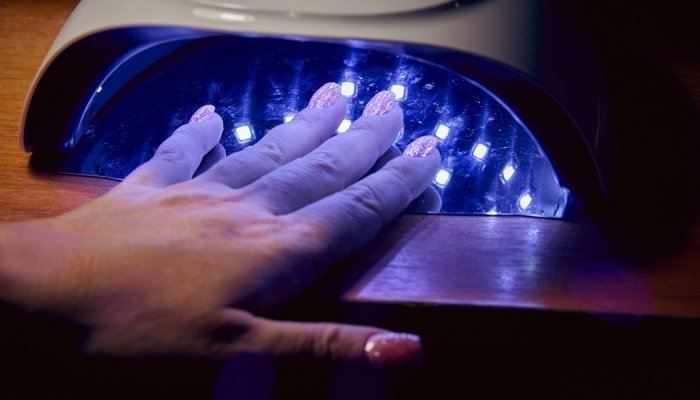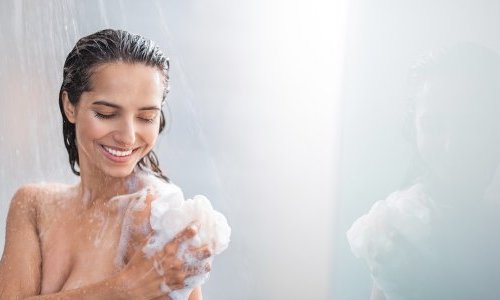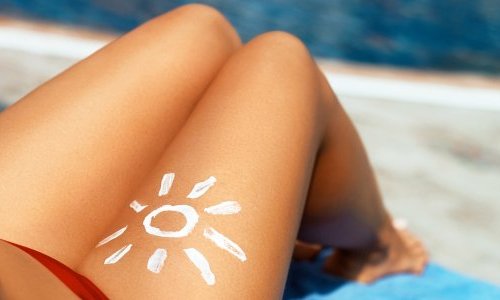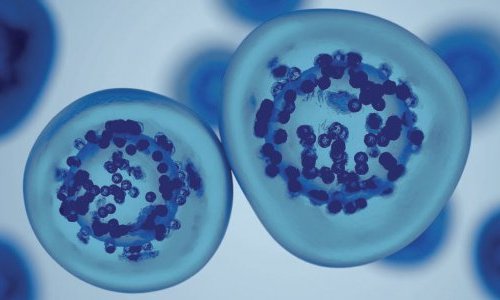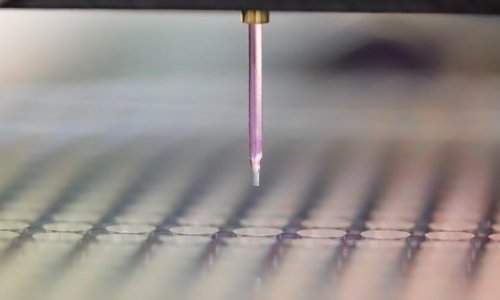Semi-permanent varnishes are appreciated in particular for their long lasting - two to three weeks without flaking, against a few days for classic nail varnishes. However, the application of the type of varnish – usually in specialized institutes in nail beauty and "nail bars" –requires a lamp combining UV (at least 48 watts) and light-emitting diode (LED) to dry and fix each of the four layers of varnish.
“Unfortunately, these lamps emit UV type A rays (UVA), which penetrate deep into the skin and are known to promote aging, and especially the development of skin cancers,” said the French National Academy of Medicine.
Convergent studies
The favouring role of "nail" UV lamps in the induction of these skin cancers was mentioned as early as 2009 [1]. The Academy also mentions a more recent study published in 2022 in Clinics in Dermatology, which lists a few cases of cancer associated with the use of this type of varnish in previous years [2], as well as a recent experimental study [3], which consisted of applying a UV lamp, emitting UVA, and used to dry nail polish, to three types of skin cells: mouse embryonic fibroblasts, fibroblasts and human keratinocytes. The latter study showed that irradiation of the three types of cells by a UV "nail" lamp induces mutations typical of UVA. It provides concrete evidence on the carcinogenic risk of using these lamps in nail care.
However, the Academy recognizes the need to conduct large-scale epidemiological studies, which it calls for, to more accurately assess the risk of skin carcinoma induced by the frequent repetition of this type of irradiation over a long period.
According to the Academy, the risk seems to be linked to three cumulative factors: the earliness of exposure (on average at 20); the close frequency of exposure (on average 5 to 6 times a year); the use of the lamps over several years. “The cumulative effect of UVA exposure is the major risk,” and individual factors, such a clear skin or immunodepression may increase the risk.
Information campaigns
The Academy therefore recommends that users first apply sunscreen with UVA protection for about 20 minutes before slipping their hands under the UV/LED lamp. In addition, it advises public authorities to establish a census of the number of UV/LED devices sold each year, “in order to be able to estimate the evolution of the market” and to attach a written message of warning and recommendations to each lamp purchased. Furthermore, the Academy suggests to organize “information campaigns for the general public and the professionals concerned, emphasizing the risk linked to a continuous application of semi-permanent varnishes throughout the year, in particular among people with a clear phototype.”
Eventually, let’s note that cancers are not the only undesirable effects linked to the application of semi-permanent varnishes. In 2022, a summary of the side effects induced by semi-permanent varnishes identified three types, all in women: allergic skin reactions (66 cases, 70.5%), nail mechanical damage (23 cases, 26.1%) and three cases of UV- induced skin squamous cell carcinoma (3.4%).

